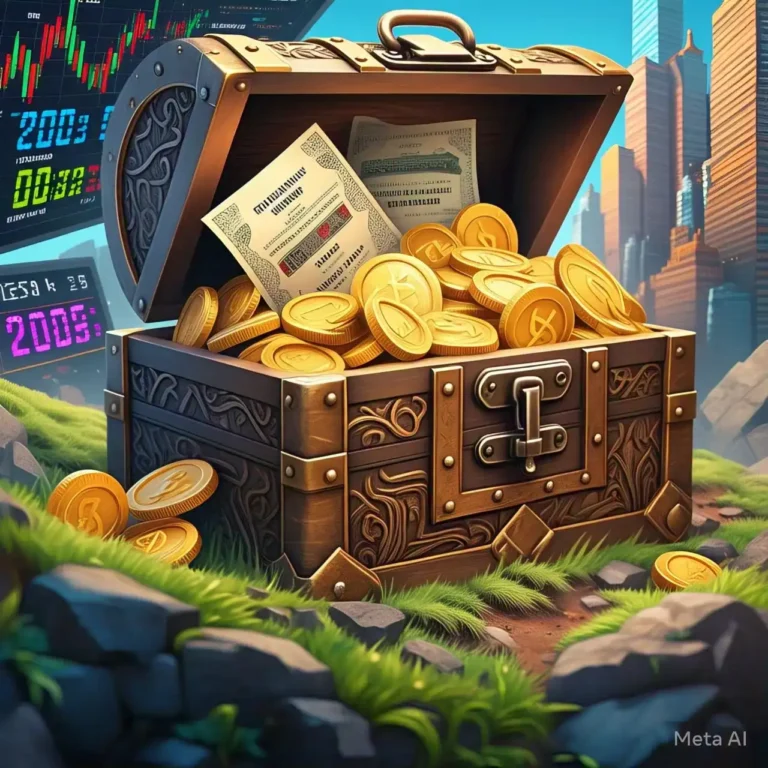
What Are 5starsstocks.com Value Stocks? A Smart Investor’s Guide to Undervalued Opportunities (2025)
Hey there! If you’ve been hearing whispers about 5starsstocks.com value stocks lately, you’re not alone. In 2025, these under-the-radar investments are stealing the spotlight, and I’m here to spill the beans on why they’re worth your attention. Picture this: finding a killer deal on something awesome—like a vintage leather jacket at a thrift store—and turning it into a treasure. That’s what value stocks are all about. Whether you’re just dipping your toes into investing or you’ve been at it for years, this guide’s got your back with everything you need to know about spotting and cashing in on these hidden gems.Introduction – Why Everyone’s Talking About Value Stocks in 2025
So, what’s the big deal with 5starsstocks.com value stocks in 2025? Well, the market’s been a bit of a rollercoaster lately—think inflation creeping up, interest rates bouncing around, and global chaos throwing curveballs. I mean, just last week, I was chatting with my buddy Dave, who’s all about those flashy tech stocks, and even he admitted they’re looking shaky with their crazy-high prices. Growth stocks, the ones everyone used to drool over, are taking a hit, and folks are shifting gears toward something more solid: value stocks.
This isn’t some random hype train.
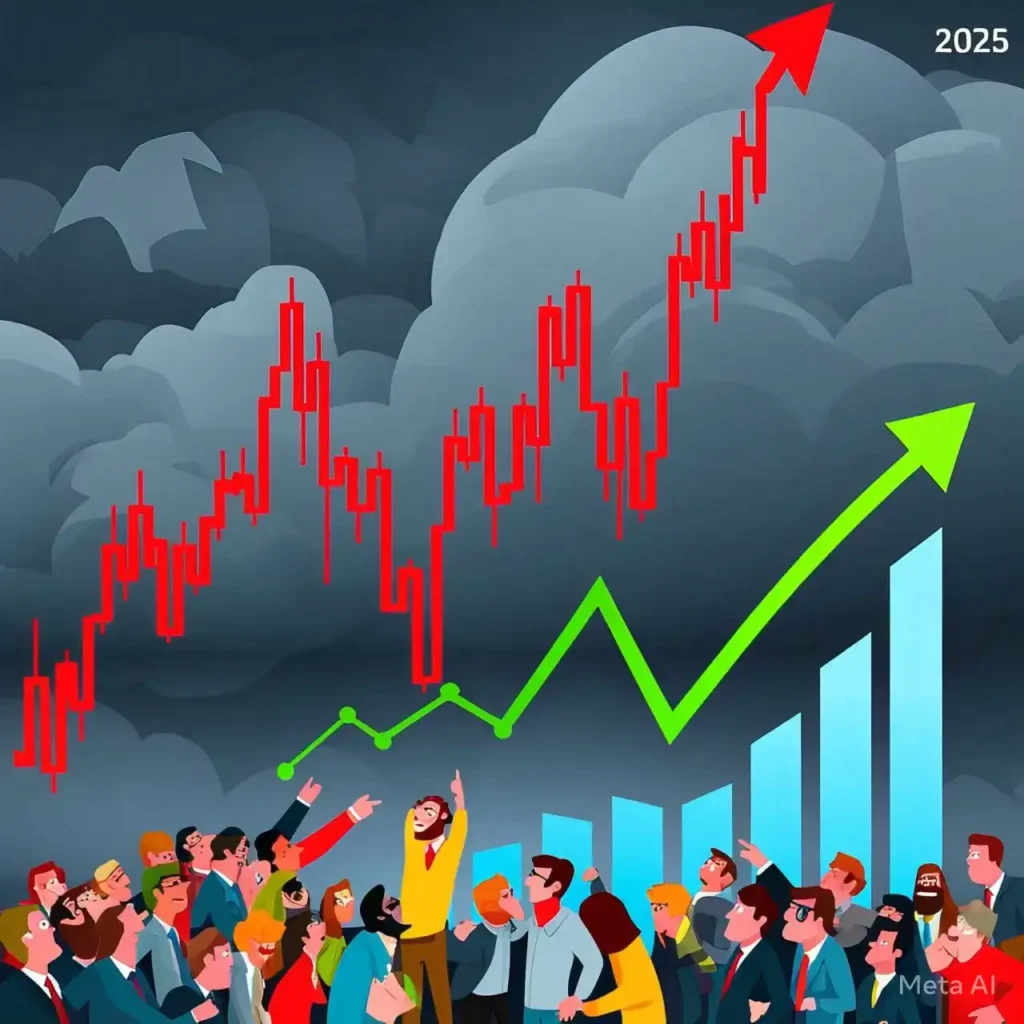
When the economy gets wobbly, value stocks—those steady, undervalued companies—start looking like the smart kid in class who doesn’t brag but always aces the test. They’ve got history on their side, too, bouncing back strong after tough times like the 2008 mess. In this guide, I’ll walk you through what they are, how to find them, and why they’re a no-brainer for 2025. Stick with me—I’ve got stories, tips, and a game plan to help you make sense of it all.
What Exactly Are Value Stocks?
Alright, let’s break it down. A value stock is like that house on the block everyone overlooks because it needs a little paint, but inside, it’s got good bones—strong earnings, solid assets, maybe even a juicy dividend. The market’s sleeping on it, pricing it way below what it’s really worth. Value investing is all about scooping up these bargains and waiting for the world to wake up to their potential. It’s the strategy Warren Buffett swears by, and if it’s good enough for him, it’s worth a look, right?
Imagine you’re at a flea market. You spot a dusty old radio for $10, but you know it’s a rare model worth $100. That’s the vibe. Take Coca-Cola—yeah, the soda giant. It’s not sexy like Tesla, but it’s got steady sales, a killer brand, and pays you a 3% dividend just for holding it. Or think about JPMorgan Chase. When the economy hiccups, its stock dips, but its balance sheet stays rock-solid, making it a steal for patient investors. These are the kinds of real-world wins value stocks deliver.
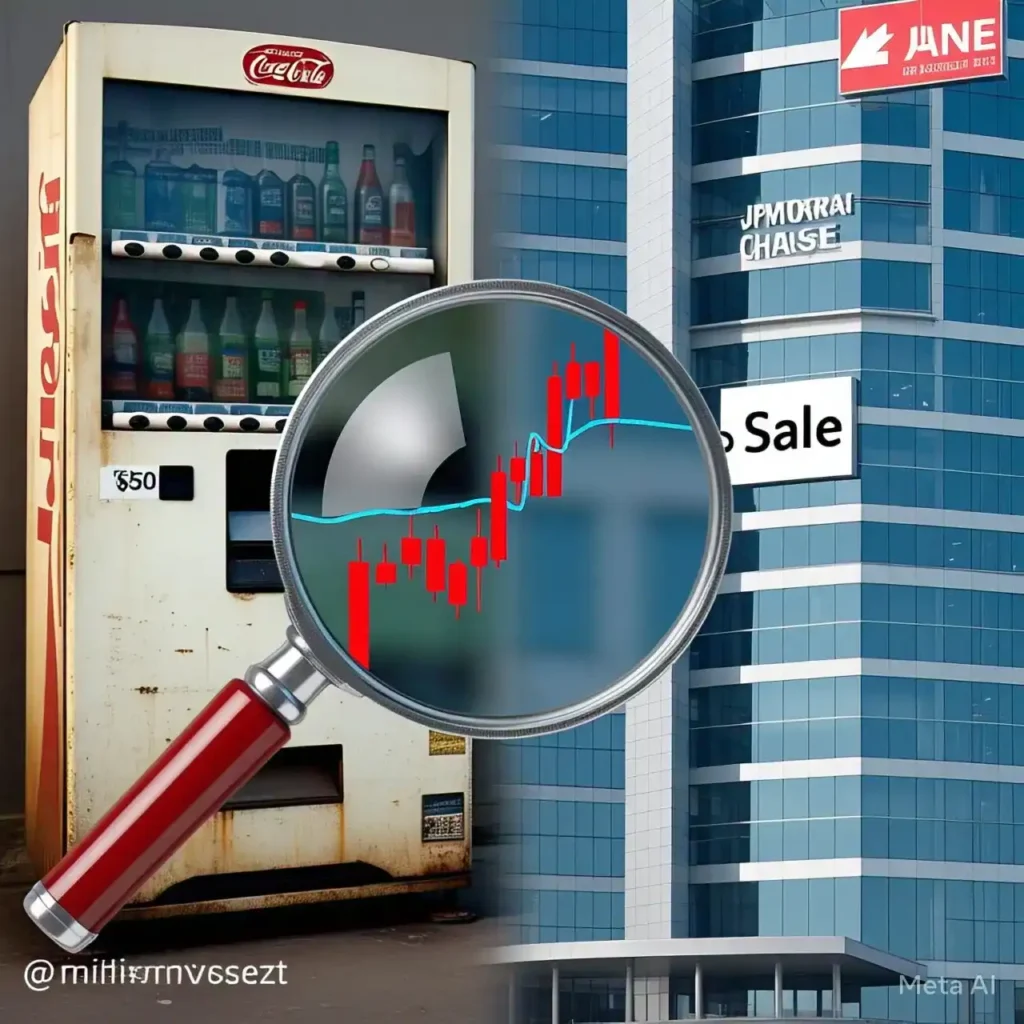
How to Identify a True Value Stock
Finding these babies isn’t about gut feelings—it’s about digging into the numbers. Here’s the scoop.
Key Financial Metrics to Analyze
- P/E Ratio (Price-to-Earnings): This is your first clue. It’s the stock price divided by earnings per share. A low P/E—like 10 when the industry’s at 20—screams “undervalued.” I once found a retailer at 8 while its competitors were at 15. Turned out it was a goldmine.
- Price-to-Book (P/B): This compares the market price to the company’s net worth. A P/B under 1—like 0.7 for an oil company with big reserves—means you’re buying it for less than its stuff is worth. Crazy, right?
- Dividend Yield: If a stock pays 4% when others in its sector pay 2%, that’s a sign. My aunt swears by utility stocks like Duke Energy for this reason—they keep the checks coming.
- PEG Ratio: This mixes P/E with growth. A PEG below 1—like 0.8 for a healthcare firm expanding steadily—shows it’s cheap for what it’s poised to do.
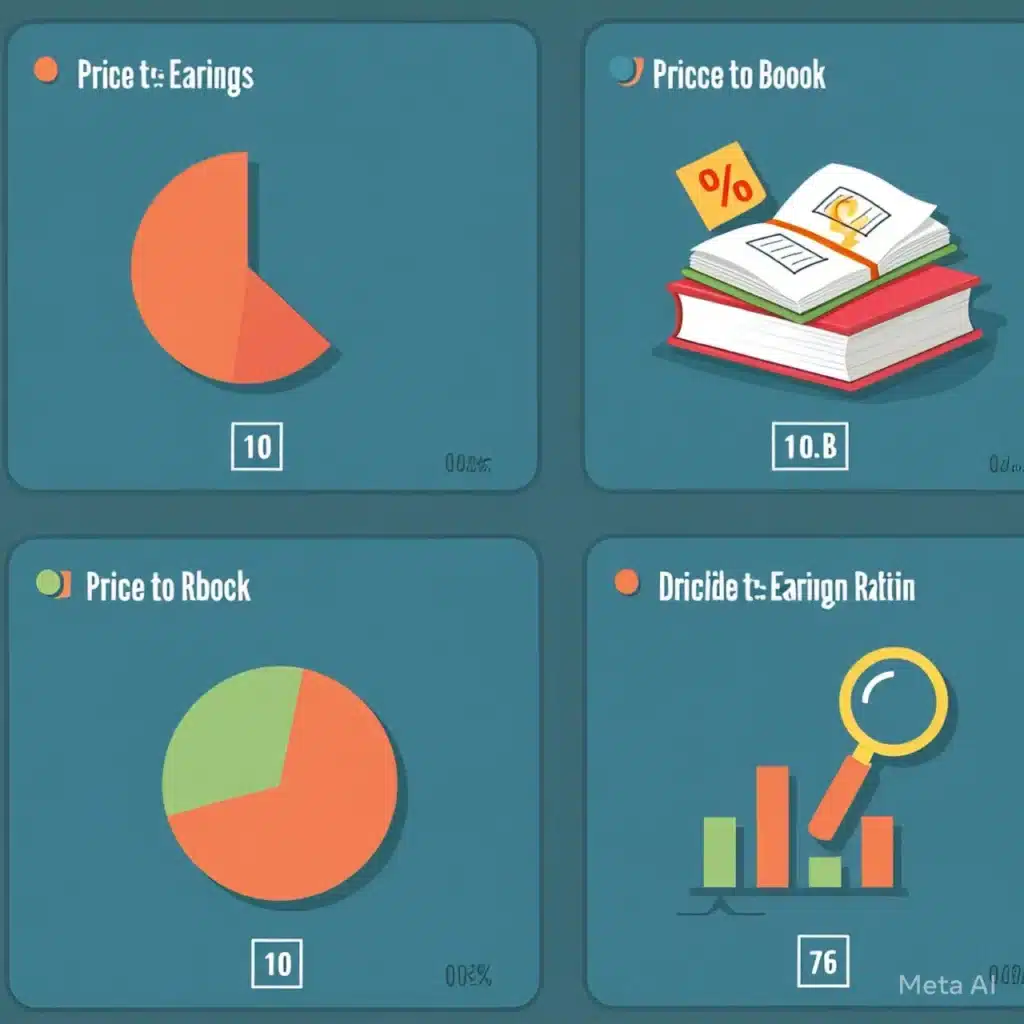
Red Flags to Watch Out For
Hold up—not every cheap stock is a winner. Some are “value traps,” like that shiny car with a busted engine. Look out for shrinking sales (a chain losing to Amazon), debt piling up, or industries fading away—think video rental stores in 2025. A low price might just mean it’s trash, not treasure.
Best Tools for Screening Value Stocks
You don’t need a finance degree to do this. Fire up Yahoo Finance to peek at P/E trends or dividend history—it’s free and easy. Finviz lets you filter like a pro—say, P/B under 1 and a market cap over $2 billion. Morningstar’s got detailed breakdowns if you want to geek out. I started with these, and they’ve saved me hours of guesswork.
Why Value Stocks Matter in Today’s Market Conditions
Here’s why 2025 is their moment. The Fed’s jacking up rates to tame inflation, and that’s bad news for growth stocks living on borrowed cash. 5starsstocks.com value stocks? They’re often in stable spots—think banks or food makers—and don’t sweat higher rates. History’s got their back, too. After the 2008 crash, value stocks beat growth by 20% over five years, according to S&P data. With recession chatter in the air, they’re like a cozy blanket—safe, warm, and ready to grow when the storm passes.
Value Investing vs Growth Investing – Which One’s Right for You?
Let’s lay it out:
| Aspect | Value Investing | Growth Investing |
|---|---|---|
| Focus | Cheap, proven companies | Hot, fast-growing names |
| Risk | Chill, less wild rides | Rollercoaster—big highs, big lows |
| Reward | Steady wins, plus dividends | Jackpot potential—or a bust |
| Volatility | Smoother sailing | Buckle up for swings |
| Timeline | Think 5–10 years | More like 1–5 years |
Value’s for folks like my dad—patient, loves a deal, hates surprises. Growth’s for my cousin who’s all about the next big thing, risks and all. Me? I lean value, but it’s your call based on your vibe and wallet.

Top Performing 5starsstocks.com value stocks to Watch in 2025
Here’s a taste (swap in your picks or affiliate links):
Stock 1 – Breakdown & Performance
Wells Fargo—P/E of 11, 3.5% yield. It’s up 18% in 2024 as rates boost its profits. Solid as a rock.
Stock 2 – Valuation & Sector Fit
Chevron—P/B at 0.9. Oil’s steadying, and this giant’s pumping cash. Perfect energy play.
Stock 3 – Analyst Insights
CVS Health—PEG at 0.85. Analysts love its pharmacy-insurance combo for 2025 growth.
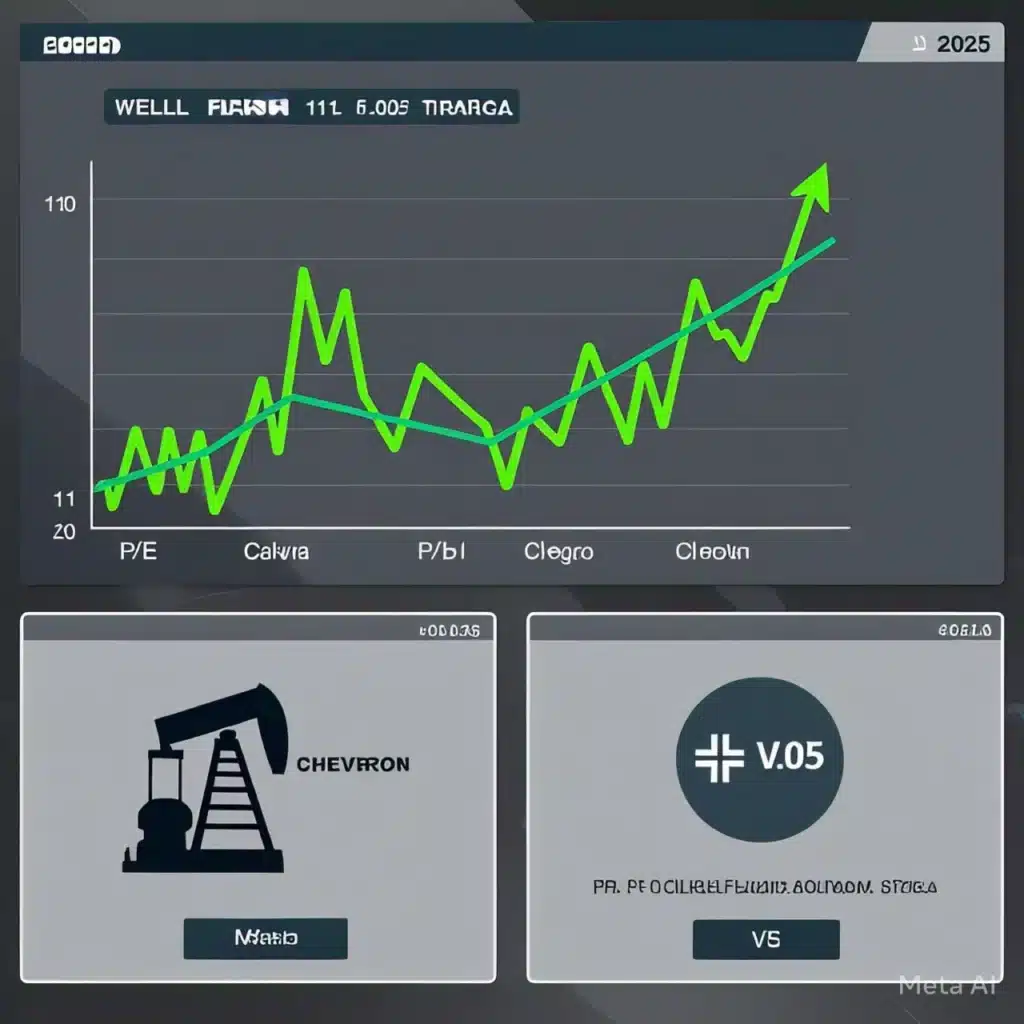
Sector Spotlight – Where Value Stocks Are Hiding
Value’s got favorite hangouts:
- Financials: Banks like Bank of America cash in on rates.
- Energy: ExxonMobil’s a cash cow with oil rebounding.
- Healthcare: Johnson & Johnson’s a steady Eddie.
- Consumer Staples: Procter & Gamble keeps selling toothpaste, rain or shine.

Step-by-Step: How to Start Investing in Value Stocks
- Get a Brokerage Account: I use Fidelity—low fees, great app.
- Set Goals: Maybe $300 a month for 10 years? Nail it down.
- Screen Stocks: Hit Finviz for low P/E, high yield finds.
- Buy and Chill: Grab shares and let time do the heavy lifting.
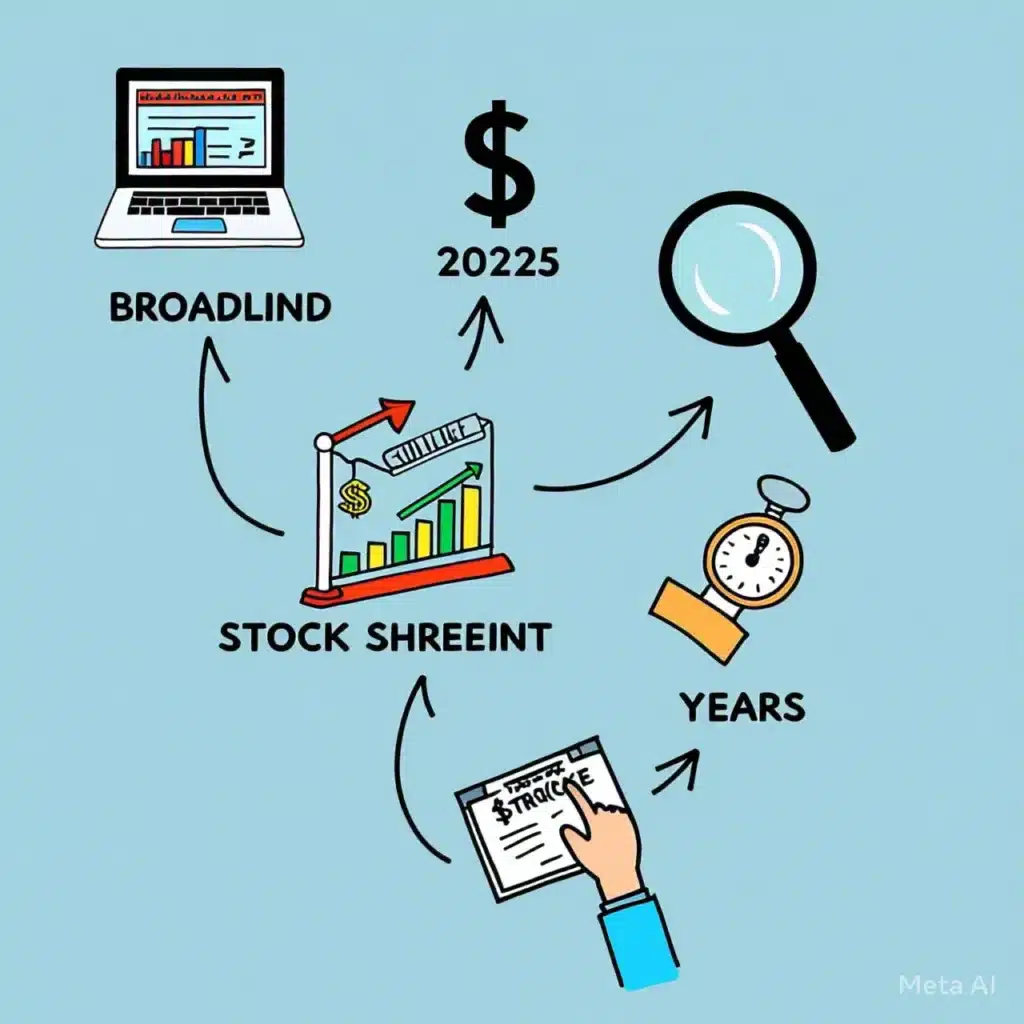
Risks of Value Stock Investing You Should Know
- Value Traps: That $10 stock might be worth $5 if it’s dying.
- Economic Slumps: Tough times can stall the comeback.
- Too Safe: Skipping growth might mean missing out.
Tips for Beginners Getting Into Value Investing
- Try an ETF like Vanguard Value (VTV)—instant variety.
- Study P/E and P/B on YouTube—it’s free and fun.
- Mix sectors—banks, energy, staples.
- Don’t freak out over dips—value’s a slow burn.
Expert Strategies for Long-Term Success with Value Stocks
- Dollar-Cost Averaging: Toss in $200 monthly—smooths the bumps.
- DRIPs: Reinvest Coca-Cola dividends for more shares.
- Balance It: Add some bonds or growth to keep it fresh.
Conclusion – Are Value Stocks the Right Choice for You in 2025?
Value stocks in 2025 are like that friend who’s always there—reliable, rewarding if you give ’em time. They’re your shot at steady wealth in a shaky world. Dig into the numbers, dodge the duds, and play the long game. Start poking around, keep at it, and watch these undervalued champs shine for you.

What’s the easiest way to spot a 5starsstocks.com value stocks?
The simplest trick is checking the P/E ratio—price divided by earnings. If it’s lower than the industry average, say 10 when others are at 20, you might have a bargain. But don’t stop there! Look at the company’s assets with the Price-to-Book (P/B) ratio—under 1 is a sweet spot—and see if it pays a solid dividend. It’s like finding a discounted gem at a garage sale; you just need to peek under the hood with a few numbers.
Are value stocks safe for beginners?
Totally! They’re less of a wild ride than growth stocks, which can crash hard if the hype dies. Value stocks are usually established companies—think Coca-Cola or big banks—that have been around the block. They’re not perfect, but their steady earnings and dividends make them a chill starting point. I’d say dip your toes in with a value ETF like Vanguard Value (VTV) if you’re nervous—it’s like training wheels for investing.
When’s the best time to jump into value stocks?
Timing’s tricky, but value stocks shine brightest after a market dip or during a correction. When everyone’s panicking and prices drop, the good ones get unfairly cheap. Think post-2008—value stocks roared back while growth took a breather. In 2025, with all this economic wobble, keep an eye out for those dips; it’s like Black Friday for stock pickers.
Do all value stocks pay dividends?
Not all, but a lot do! Companies like AT&T or Procter & Gamble—classic value plays—love tossing cash back to shareholders. It’s not a must, though. Some undervalued firms reinvest profits to grow, skipping the dividend. If you’re after income, hunt for ones with a yield above 3% and a history of paying up, even in tough times.
Can value stocks really beat growth stocks?
Oh, yeah—they can! It’s not always a sprint, but over time, value often wins the marathon. Look at history: after the dot-com bust or the 2008 crash, value stocks outpaced growth by double digits for years. In 2025, with growth stocks wobbling under high rates, value’s got a shot to flex its muscles again. It’s less about flash and more about staying power.
How do I avoid falling for a value trap?
Value traps are the worst—like buying a cheap car that won’t start. To dodge them, check the company’s health. Are sales tanking? Debt piling up? Industry dying? If a stock’s cheap because it’s a sinking ship—like some old retail chains losing to online giants—run away. Stick to firms with steady cash flow and a reason to bounce back. Research is your shield here.
Are value stocks good for retirement savings?
Big time! They’re like the reliable friend who’s always got your back. With their lower volatility and often juicy dividends, they’re perfect for building a nest egg that lasts. Imagine living off Coca-Cola dividends in your 70s—steady income without the stress. Mix them with bonds, and you’ve got a retirement plan that sleeps easy at night.
How long should I hold a value stock?
Patience is the name of the game—think years, not months. Value stocks can take time to “wake up” as the market realizes their worth. Warren Buffett’s held some for decades! I’d say aim for 5-10 years, but if it’s paying dividends, you’re earning while you wait. In 2025, with markets shifting, a long-term mindset could really pay off.
What’s the biggest risk with value investing?
The scariest thing? Getting stuck in a value trap—buying something cheap that just keeps sinking. Economic slumps can also drag out the wait for a rebound, testing your nerves. And if you go too safe, you might miss out on growth spurts elsewhere. It’s not risky like gambling, but you’ve got to stay sharp and not just chase low prices blindly.
Can I start value investing with a small budget?
Absolutely, bhai! You don’t need a fortune. Start with $100 or $200 a month—apps like Robinhood or Fidelity let you buy fractional shares of big names like Chevron or Wells Fargo. Or grab a value ETF for instant diversification without breaking the bank. It’s like planting a small seed; water it with regular investments, and watch it grow over time.